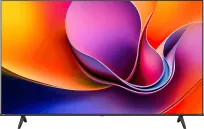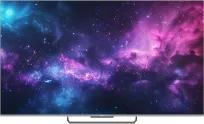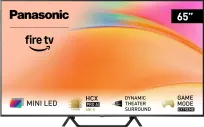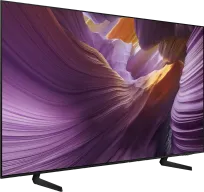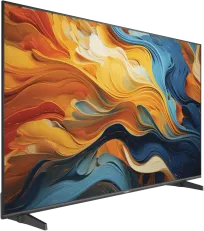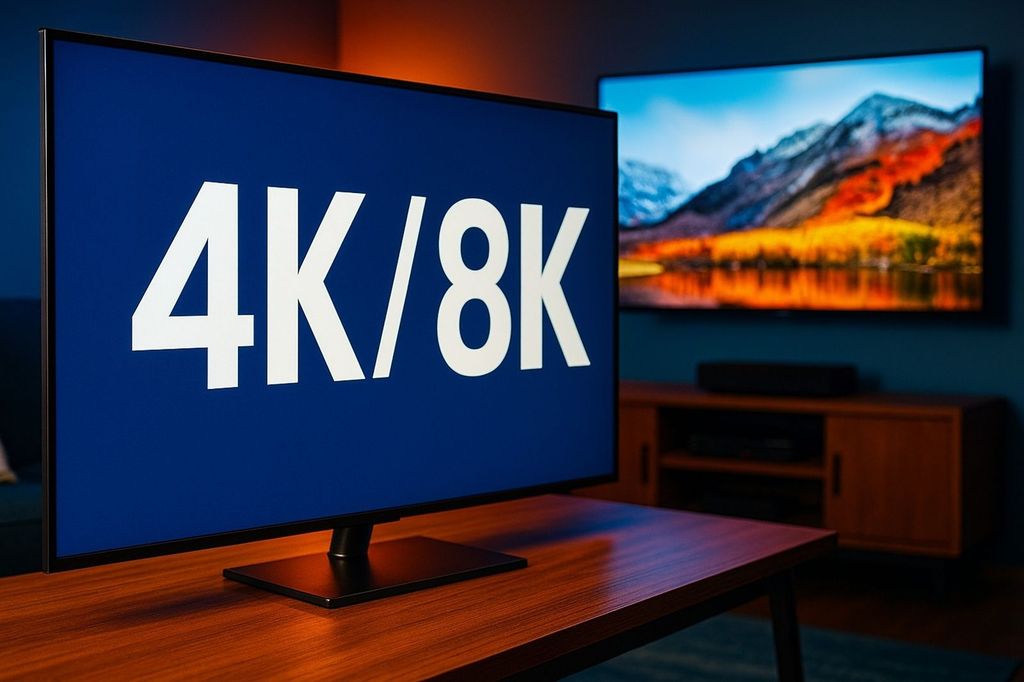
The latest research from scientists at the University of Cambridge debunks one of the biggest myths about screen resolution: that the human eye cannot notice the difference between 4K and 8K. It turns out that it can — and quite clearly. According to a publication described, among others, by Tom’s Hardware, the average person can discern as much as up to 89 pixels per degree (the so-called pixels per degree), whereas earlier studies assumed a limit of around 60 PPD. This is a significant leap that could change the way we look at next-generation screens.
8K makes sense — but only if you're sitting really close
Researchers from the University of Cambridge developed a chart showing at what distance and screen size the human eye can actually "see" additional details. The key parameter is PPD (pixels per degree), which defines how many pixels correspond to one degree of the field of view. The average limit of human perception is around 92 PPD.
Practical example:
If you have a 50-inch TV and you're sitting 3 meters from the screen, your vision will distinguish a maximum of details corresponding to a resolution of 1440p (QHD). In other words — even a 4K or 8K TV won't show you more real details at that distance. To actually begin to notice the advantage of 4K over Full HD, you need at least a 60-inch screen at a distance of 3 meters.
If you're sitting closer, for example, 2 meters from a 50-inch TV, only then does 4K resolution start to make sense. However, for higher resolutions like 8K, an extremely close position is required — about 1 meter from a 50-inch screen to see the advantage over 4K.
In short — resolution alone is not enough. Only the right combination of screen size, distance, and the acuity of human vision (92 PPD) determines whether additional pixels make sense.
Monitors are a different story
When it comes to monitors, the rules change because we sit much closer — on average 40 cm from the screen.
At such distances, even 8K is not the limit. According to researchers, 16K on 30–40 inches still brings noticeable benefits in sharpness and detail, and with screens larger than 60 inches, even 32K would make sense. This means that huge panels, such as Acer Predator Z57 (57”, 8K), can actually offer real benefits for gamers and designers who work with graphics or very detailed images.
8K – who does it really matter to
On the other hand, if you're using a monitor mainly for browsing the web, doing office work, or watching movies, investing in 8K might be overkill. The benefits will mainly be seen by:
graphic designers, editors, and photographers,
gamers, especially in titles with realistic graphics,
technology enthusiasts and researchers testing new visual standards.
What about TV and VR?
The findings from the research are significant not only for monitors.
100” TVs and larger can actually benefit from higher resolutions — even above 8K.
VR headsets, with the screen close to the eye, require extreme pixel density – researchers indicate that 16K could provide a noticeable leap in quality.
In Summary
A new study from Cambridge shows clearly: the human eye sees more than previously thought.
In a world where many considered 8K a marketing gimmick, science says otherwise – the difference exists, you just need to know when it's noticeable.
The human eye can discern up to 89 pixels per degree.
8K makes sense for monitors and large TVs from the appropriate distance.
16K and 32K are a real future for VR and large screens.
 Katarzyna Petru
Katarzyna Petru